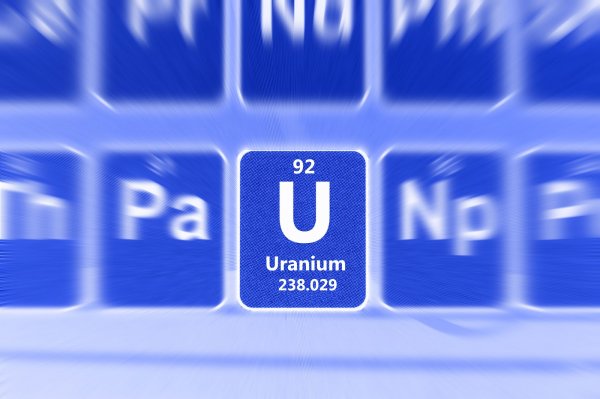Scientists Have Developed A Way To Extract Uranium To Power The World For 10,000 Years

A new study has revealed that over four billion tons of uranium that is currently present in the ocean could help provide energy for the next 10,000 years. The statement was made by the US Department of Energy as they claim that the element could be used to fuel nuclear power plants. However, ocean extraction poses many problems and challenges, all of which could arise due to this being such a huge project.
For the last five years, a project involving scientists from laboratories and universities across the United States has been funded by the DoE. The project has been developing a way to successfully extract ocean uranium with the use of special absorbent fibres. Similar projects have attempted to achieve this during the past 50 years without success. Japanese scientists came close during the 1990s, after developing a material which could hold molecules on their surface, but it was not quite a full success. It was this idea that the US scientists built on to create their new extractors. Their new idea reduces uranium extraction costs by three to four times, according to recent reports.
Their newly developed material is made up of braided polyethylene fibres, which have a coating of the chemical amidoxime. This chemical attracts uranium dioxide which then sticks to the fibres. Following this, scientists will then use an acidic treatment to gather the uranium which is collected in the form of uranyl ions. These ions must then be processed before they are turned into fuel which will then be used in the nuclear power plants.
A wide array of people worked on this developmental project together including chemists, marine scientists, chemical engineers, computation scientists, and economists. Phillip Britt, Division Director of Chemical Sciences at Oak Ridge National Laboratory, said, “For nuclear power to remain a sustainable energy source, an economically viable and secure source of nuclear fuel must be available. This special journal issue (Industrial & Engineering Chemistry Research) captures the dramatic successes that have been made by researchers across the world to make the oceans live up to their vast promise for a secure energy future.” Whilst the newly created absorbent material reduces previous costs, the process in which the uranium is actually gathered is still costly. Together with this factor, it is also not very efficient. However, both of these crucial factors are being worked on to create a cost-effective process that is also highly sustainable for the future.
Read More: Ireland Has Made History By Becoming The First Country To Stop All Investments In The Fossil Fuel Industry
THIS ARTICLE IS OFFERED UNDER CREATIVE COMMONS LICENSE. IT’S OKAY TO REPUBLISH IT ANYWHERE AS LONG AS ATTRIBUTION BIO IS INCLUDED AND ALL LINKS REMAIN INTACT.
IMAGE CREDIT:dzejmsdin / 123RF Stock Photo
Leave Comment: